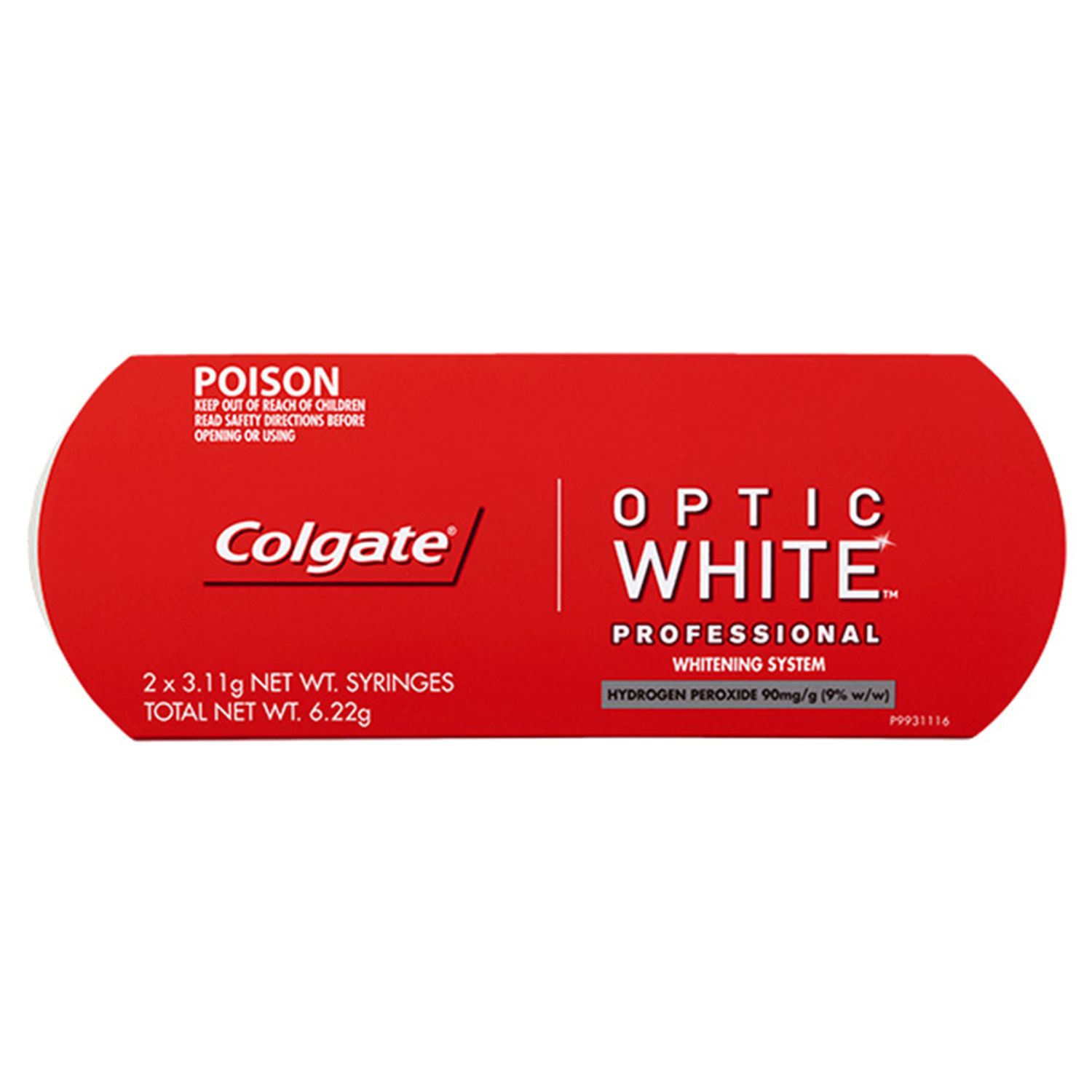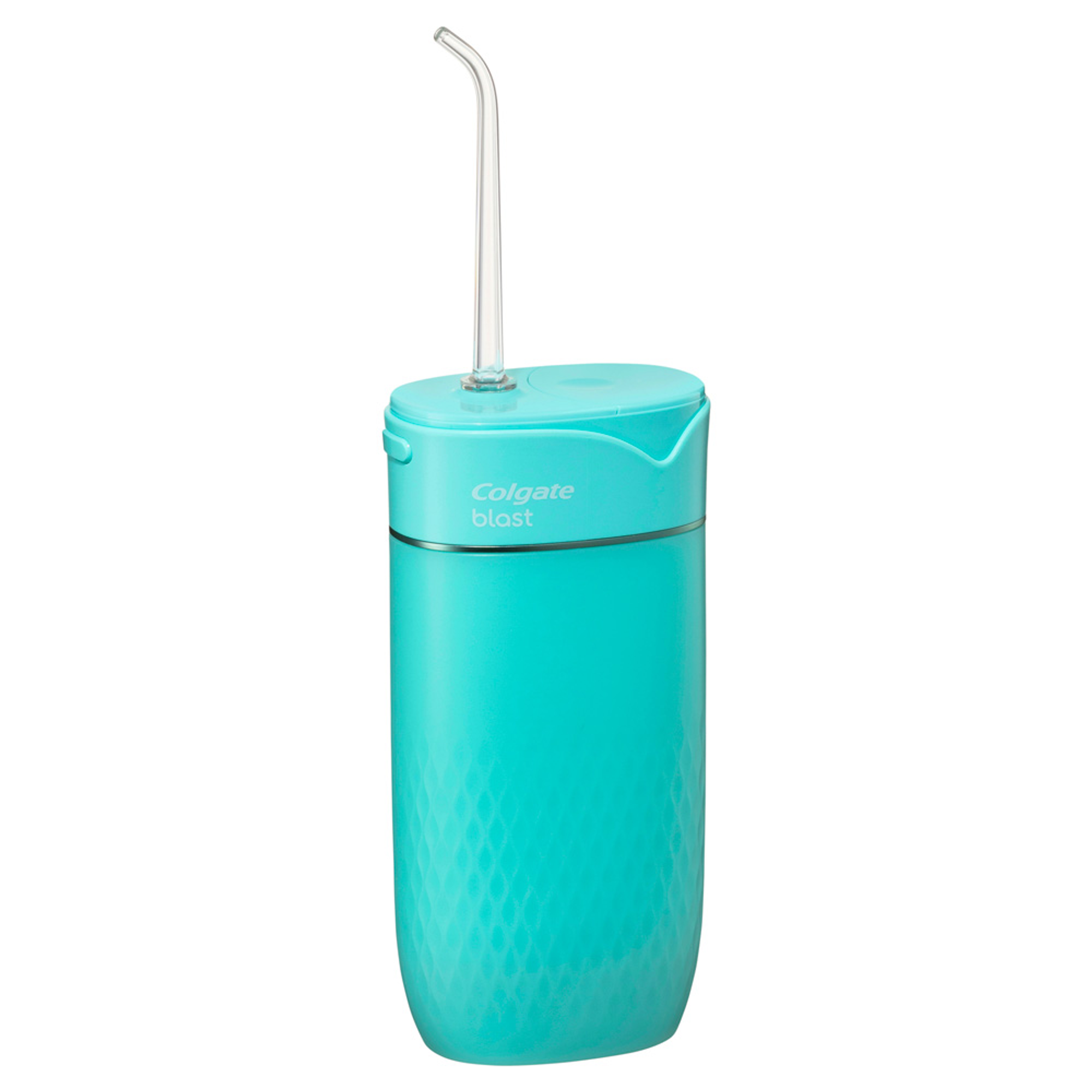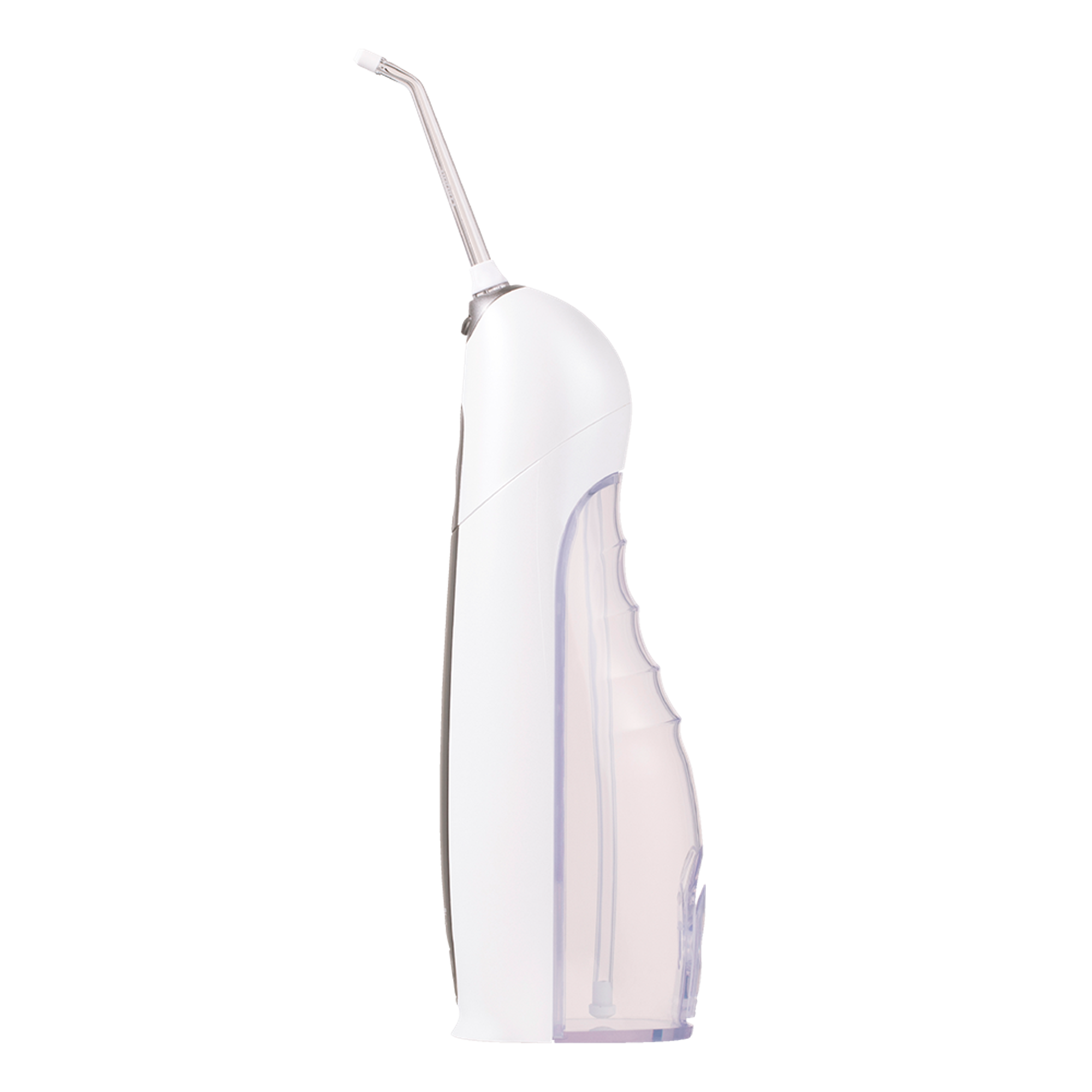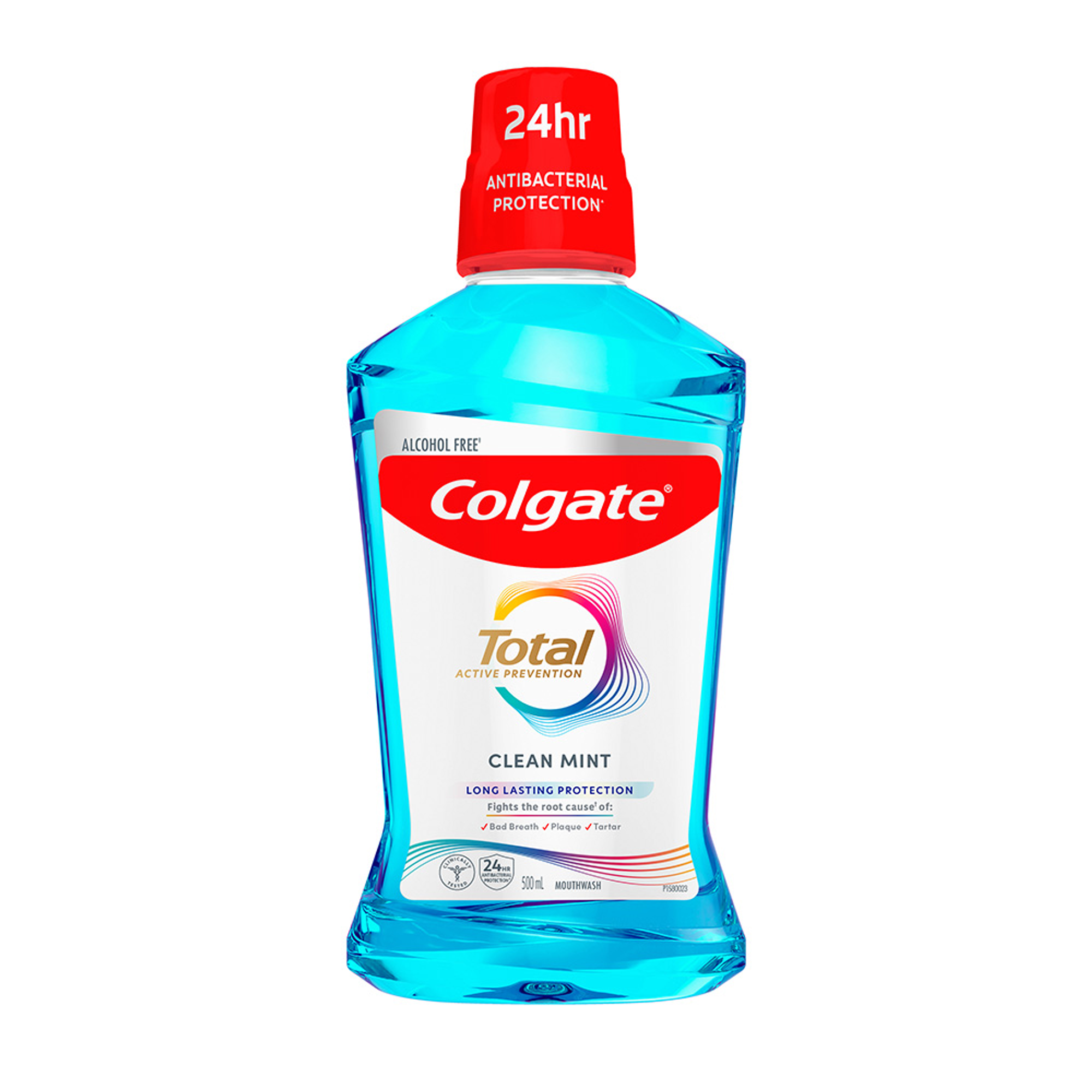
As dental practitioners we are motivated to help people. Our good intentions are inspired by our belief in right and wrong, but can our belief system lead us astray? Can ‘good intentions’ lead to unsafe practices in dentistry? To answer this question we need to understand how our beliefs are shaped at a young age by personal and social norms that include political, economic and social influences. As we age our beliefs are reinforced by a phenomenon known as confirmation bias - the tendency to interpret, recall and favour information that supports predetermined values. Our ‘good intentions’ can be flawed by assumptions, biases and prejudice.
Public safety lies at the heart of dental care. To facilitate safe access to dental care we must be committed to ‘a health system free of racism’. A revised Code of Conduct including Aboriginal and Torres Strait Islander health and cultural safety came into effect earlier this year. If our beliefs can lead us astray, how do we support cultural safety of Aboriginal and Torres Strait Islander Peoples?
‘Cultural safety is defined as the individual and institutional knowledge, skills, attitudes and competencies needed to deliver optimal health care for Aboriginal and Torres Strait Islander Peoples’
‘Cultural safety is determined by Aboriginal and Torres Strait Islander individuals, families and communities.’
‘Culturally safe practice is the ongoing critical reflection of health practitioner knowledge, skills, attitudes, practising behaviours and power differentials in delivering safe, accessible and responsive healthcare free of racism.’
(AHPRA, 2021)
The revised Code of Conduct lists four areas to ensure culturally safe and respectful practice:

(AHPRA 2020)
Acknowledge colonisation and systemic racism, social, cultural, behavioural and economic factors which impact individual and community health
First Nations Peoples have a lived experienced that is connected to the invasion of Sydney by the First Fleet in 1788. The effects of colonisation included exposure to epidemic disease, massacres, dispossession and displacement of families and land, suppression of Aboriginal and Torres Strait Islander law, rituals, customs, art, dance and spoken languages. The trauma and loss of identity are not easily healed and can transform into destructive coping mechanisms that flow from generation to generation.
While the mistakes of the past may be easier to identify, we must also recognise racist attitudes and current injustices within Australia’s economic, social, governmental, legal and regulatory systems. If we are aware of the social determinants of health we can take steps to address health inequalities. Up to 93% of First Nations peoples have experienced racism in the last 12 months, and are 12-13 times more likely to be arrested and charged with an offence. Racism can lead to poor oral health directly by limiting access to oral health resources such as safe drinking water and affordable and culturally safe healthcare. Racism can also affect oral health indirectly through stress that can lead to poor oral health behaviours such as smoking and poor diet.
Resources to explore Aboriginal Culture, Country and Community:
Cultural resource portal https://deadlystory.com/
Parter C, Murray D, Mohamed J, Rambaldini B, Calma T, Wilson S, Hartz D, Gwynn J, Skinner J. Taking about the ‘r’ word: a right to a health system that is free of racism. Public Health Research & Practice March. 2021; 31(1):e3112102 • https://doi.org/10.17061/phrp3112102
Hedges J, Haag D, Paradies Y, Jamieson L. Racism and oral health inequities among Indigenous Australians. Community Dental Health. 2021 May;38(2):150-155. DOI: 10.1922/cdh_iadrhedges06 . PMID: 33848408.
Acknowledge and address individual racism, your own biases, assumptions, stereotypes and prejudices and provide care that is holistic, free of bias and racism
Many dental practitioners come from privileged and ethnic majority backgrounds, and so are less likely to feel shame, fear and frustration associated with belonging to an under or mis-represented minority group. The lived experience and values of many Aboriginal and Torres Strait Islander Peoples can be radically different to the daily lives of dental practitioners. Self-reflection to identify bias and racist attitudes and behaviours is crucial to connect, engage and empower First Nations Peoples.
Resources to support self-reflection:
Nixon, S.A. The coin model of privilege and critical allyship: implications for health. BMC Public Health 19, 1637 (2019). https://doi.org/10.1186/s12889-019- 7884-9 https://bmcpublichealth.biomedcentral.com/articles/10.1186/s12889-019-7884-9#Sec9
A short book designed to challenge and question your perspective on identity, power and privilege ‘White Privilege Pop Quiz: Reflecting on Whiteness’ by Molly Secours https://www.mollysecours.com/book
Recognise the importance of self-determined decision-making, partnership and collaboration in healthcare which is driven by the individual, family and community
Cultural safety is determined by Aboriginal and Torres Strait Islander Peoples. It is a lived experience that First Nations Peoples experience. To monitor and implement culturally safe practices we must build trust and respect with local Elders, Aboriginal and Torres Strait Islander Peoples, families and community to allow opportunities for truth telling. In this way it is important to listen more and talk less.
Resources to assist building relationships and trust with First Nations Communities
Help to identify whose Country you are on https://aiatsis.gov.au/whose-country
A guide to respectful and inclusive language and terminology https://www.narragunnawali.org.au/about/terminology-guide
A guide to clinical yarning
Foster a safe working environment through leadership to support the rights and dignity of Aboriginal and Torres Strait Islander people and colleagues
Safe working environments require protocols and procedures to prioritise, review and evaluate cultural safety in dental practices. Continued professional development about cultural safety is a strong tool to challenge our personal biases, prejudice and assumptions. It is also important to define objective measures of culturally safe practices. Some indicators of culturally unsafe workplaces may include:
Low utilisation of services from First Nations Peoples
Patient non-compliance
Reticent or angry interactions with dental practitioners
Complaints about cultural safety, competency and/or appropriateness of services or tools.
Resources to provide a welcoming environment for First Nations Peoples:
A guide for Acknowledgement of Country and Welcome to Country https://aiatsis.gov.au/explore/welcome-country
- Commissioning artwork(s) to be hung and/or included on your website featuring Aboriginal and/or Torres Strait Islander artwork and the story behind the artwork;
- Playing emerging and popular Aboriginal and/or Torres Strait Islander musicians https://nima.musicnt.com.au/ (please note a warning for First Nations peoples is necessary if images and voices of deceased persons are used)
Summary
In summary ‘good intentions’ are needed to affect positive change for culturally safe dental practices, but must be supported by First Nations Peoples by showing respect, demonstrating reciprocity and accountability for behaviours, attitudes and social inequalities.
AHPRA Code of Conduct. June 2022. https://www.ahpra.gov.au/Resources/Code-of-conduct/Shared-Code-of-conduct.aspx
National Scheme’s Aboriginal and Torres Strait Islander Health and Cultural Safety Strategy 2020-2025. https://www.ahpra.gov.au/About-Ahpra/Aboriginal-and-Torres-Strait-Islander-Health-Strategy/health-and-cultural-safety-strategy.aspx
NHQHS Standards User guide for Aboriginal and Torres Strait Islander health. 2017. https://www.safetyandquality.gov.au/sites/default/files/migrated/National-Safety-and-Quality-Health-Service-Standards-User-Guide-for-Aboriginal-and-Torres-Strait-Islander-Health.pdf
Australian Dental Council. Reconciliation Action Plan May 2022 – May 2023 https://adc.org.au/files/corporate/reconciliation/ADC_Reconciliation_Action_Plan_Reflect.pdf
Satur J, Forsyth C, Bolton J (2021) Joining the dots: A dental Aboriginal and Torres Strait Islander cultural safety curriculum, The University of Melbourne Dental School for the Australasian Council of Dental Schools Indigenous Dental Association of Australia https://idaa.com.au/
Dr Isabel Evans is a Wiradjuri-Ngunnawal woman and associate dentist working in regional Australia. Dr Isabel believes culturally safe oral health promotion and practices are key to improving the oral health of Aboriginal and Torres Strait Islander people. In 2021 she created the Ngalgarra Yinggirra ‘Bright Smiles’ program that uses Wiradjuri language, art and stories to promote oral health to high school students. As a current member of the Indigenous Dental Association of Australia (IDAA) she continues to promote First Nations oral health and cultural safety. She is also a member of the Australian Dental Association (ADA) and volunteers on the ADA Recent Graduates Committee assisting new graduates transition to professional life. Dr Isabel has a special interest in oral medicine and care of patients undergoing cancer therapy. She was awarded the Royal College of Pathologists of Australia (RCPA) Student Scholarship to investigate the incidence of immunotherapy-induced oral mucositis and is working towards publication and further research in this area. As a member of the Colgate Advocates for Oral Health: Editorial Committee. As a member of the Colgate Advocates for Oral Health:Editorial Committee Dr Isabel is excited to share her experiences as an Aboriginal woman and dental practitioner. As a member of the Colgate Advocates for Oral Health:Editorial Committee Dr Isabel is excited to share her experiences as an Aboriginal woman and dental practitioner.
Join us
Get resources, products and helpful information to give your patients a healthier future.
Join us
Get resources, products and helpful information to give your patients a healthier future.











